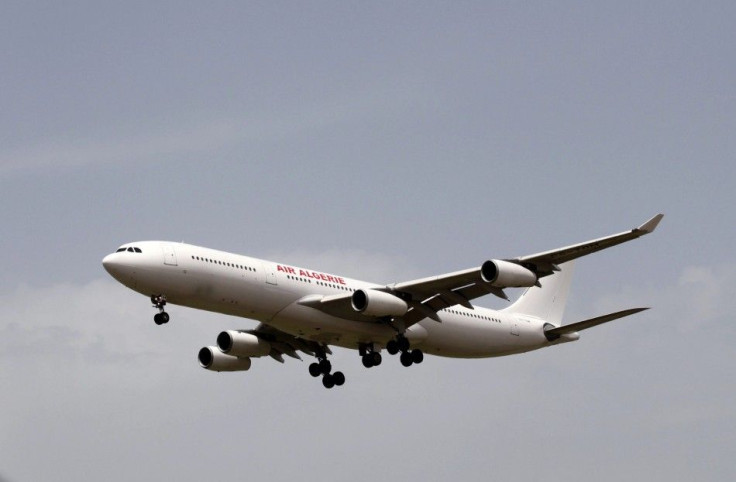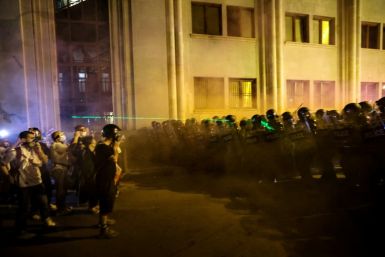Hypersonic Travel: Can Space Tourism be a Possibility
In the Future Will Travel Become Faster

On Monday, the U.S. aborted the testing of an experimental hypersonic weapon within minutes of its launch. Hypersonic speed is the science behind the technology of this weapon.
It is said to be five times faster than the speed of sound (Mach 5), which is 6,200 km per hour at sea level.
The senior lecturer in high speed Aerodynamics Department at the Imperial College London Dr. Paul Bruce said that when travel is very fast, air starts to heat -- "as if you put air in a flame and made it several thousand degrees".
When molecules in the air get heated to extremely high levels, the air becomes unstable and starts losing electrons then travel becomes very fast or what can be called as hypersonic. Air is made up of nitrogen and oxygen electrons at low temperature. At hypersonic speed air becomes electrically charged due to chemical changes.
"All of our understanding in aerodynamics falls over", said Dr. Bruce. "Every equation that we use to describe sub sonic and supersonic flow and flight -- so how we understand pressure force, temperature, the lift and drag of objects - does not work when the air starts changing at hypersonic speeds".
In the last 50 years the understanding of aerodynamics at different Mach levels has expanded. However, there are engineering challenges that need to be addressed.
It is extremely complicated and challenging to build an engine to power an aircraft at hypersonic speeds as its engines need to work by pushing the air back faster than the speed of travel.
"It is very easy to propel yourself forward if you are going slowly -- you have propellers and jet engines and even internal combustion engines -- which work fine because the principle is that if you are travelling forward at 10 miles an hour then you need to push air backwards at 20 miles an hour in order to make yourself keep going or go faster", explained Dr. Bruce. "But if you are travelling at 5 km per second, it is very difficult to push air backwards faster than 5 km per second".
According to Dr. Bruce, it is challenging to create an engine that is "air breathing". To burn fuel, the engine would have to take air from the front and push the air out the back just as a low speed one. In conventional planes whether the engine works on low or high speed it will use the oxygen in the air, using the atmosphere as a fuel tank and would not have to carry one like rockets do.
At hypersonic speeds to spark combustion is the major challenge. Air would enter the front of the engine at Mach 10 and it would be difficult to slow it down. Designers are trying to slow the air to Mach 2 and then spark a light fuel.
The commercial sector as well as military is interested in hypersonic travel both within the atmosphere and in space, but the technology needs further development. A U.K. based company called the Reaction Engine is developing a plane called "Skylon". This plane will take off from a runway and reach the Earth's orbit. The government has sanctioned £60 million to this project and people are calling it the Concorde of the next century.
To touch hypersonic speed in reality is very huge. This technology could be used to make a plane travel into space to deliver satellites into the orbit or just make passenger flights. "We are right on the edge of the materials and technology that we need to do that, the sort of engine technology we need to do that", he added.
Space tourism would be the main commercial interest or putting satellites into the orbit. Putting satellites into space would become 10 times cheaper with reusable planes.
All hypersonic test flights were unmanned and experimental and lasted for just a couple of minutes. But according to Bruce hypersonic weapons like the one launched by the U.S. military could be fully developed within a decade.






